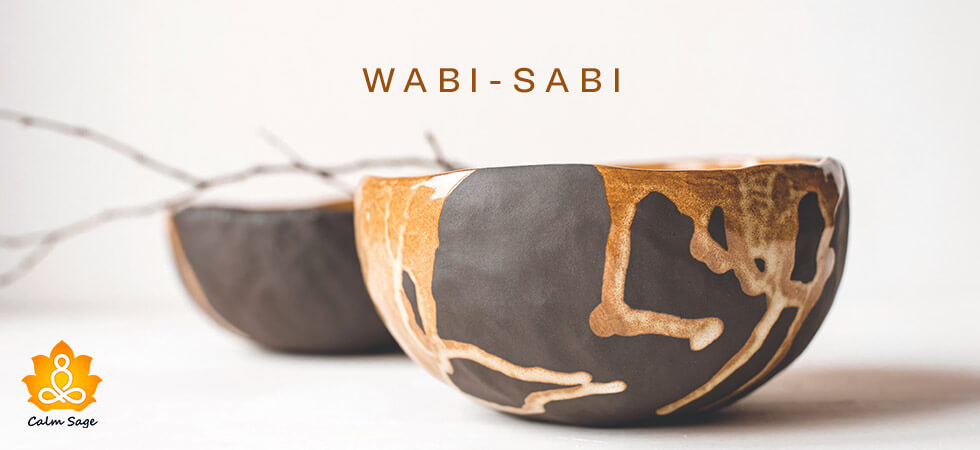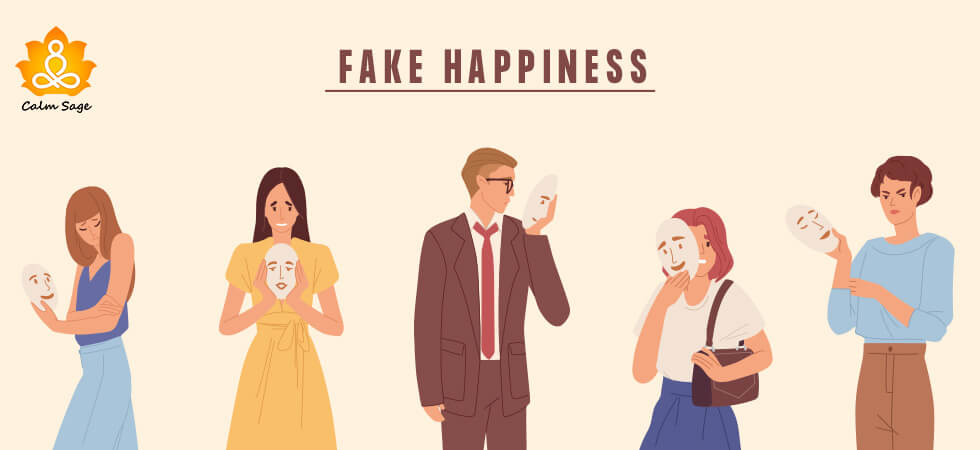Wabi-Sabi: The Japanese Art Of Embracing Imperfections

In recent years, we’ve slowly started to adopt Eastern philosophies such as Ikigai and Kintsugi in our lives. I know I have! There are times in our lives when everything goes differently than we want, and we are forced to face the change, no matter how imperfect it is. What we fail to realize though, is that embracing imperfection isn’t all that bad. That’s what the philosophy of “Wabi-Sabi” is based upon.
Wabi-Sabi is the Japanese concept or secret of happiness that the residents of Japan have accepted and embraced with open arms. I believe that following the Japanese philosophies of Ikigai, Wabi-Sabi, and others is the secret to the long lives and happiness of the Japanese people.
Wabi Sabi and Kintsugi are Japanese aesthetics that assert the Buddhist values of harmony, serenity, and purity. While both of these aesthetics are about valuing and embracing imperfections, there’s a difference between Kintsugi and Wabi Sabi.
Below, let’s explore the differences between Kintsugi and Wabi Sabi, the examples of Wabi Sabi in your daily life, and how you can perfect the art of embracing imperfections.
The Origins Of Wabi Sabi And Kintsugi
Wabi Sabi is a Japanese philosophy that refers to the appreciation of imperfection and impermanence. Kintsugi, on the other hand, is the Japanese concept of mending the broken parts of an object with powdered gold, enhancing the appearance of the object by highlighting the repairs instead of hiding the imperfections.
Both of these Japanese concepts have roots in Japanese tea. The Wabi Sabi aesthetic originates from the Japanese tea ceremony where the simplicity of the ceremony is emphasized. The Japanese tea ceremony was implemented to help monks stay alert and mindful during meditation.
An example; A rustic teacup that’s gone through wear and tear over years, is old, and yet represents the value and beauty of history. That’s what Wabi Sabi highlights.
Whereas, Kintsugi (also deeply rooted in Japanese tea ceremonies) is about fixing the repairs in an object with lacquer or powdered gold to highlight the cracks instead of disguising them. This display of repairs is used to highlight the beauty of the object. The art of Kintsugi asserts the value of impermanence by highlighting wear and tear.
With time, these philosophies found life and people began embracing the concept from objects to human lives.
The Philosophy Behind Wabi Sabi
Wabi Sabi philosophy has its roots in the Buddhist teaching of; Impermanence (Anicca), Suffering (Dukkha), and Absence Of Self (Anatta). This is believed to be the natural state of all beings.
The Wabi Sabi philosophy celebrates the qualities of the passage of time, and the wear and tear, all beings go through. It celebrates the beauty of imperfection, aging, and incompleteness.
If we look at the Zen Philosophy of Wabi Sabi, then the concept is based on the seven aesthetic principles
- Simplicity (Kanso)
- Asymmetry (Fukinsei)
- Understatement (Shibumi)
- Naturalness without pretense (Shizen)
- Subtle grace (Yugen)
- Freedom (Datsuzoko)
- Tranquility (Seijaku)
The secret to all these principles is – authenticity. It is believed that instead of hiding one’s flaws and imperfections, the beauty is in openly expressing them, and embracing them. The acceptance of one’s vulnerability and imperfections is what the Wabi Sabi lifestyle is all about.
Real-Life Examples Of The Wabi-Sabi Lifestyle
The Wabi-Sabi lifestyle is the opposite of materialistic prizes which can be more commonly found in the Western culture and lifestyle.
Here are some real-life examples of a Wabi Sabi lifestyle and culture:
- Decluttering your space and making way for things you need and storing away what you don’t.
- Picking objects made from natural materials instead of synthetic ones. This kind of choice nurtures a connection to nature.
- Adapting the “Less is More” lifestyle and using an old or asymmetrical ceramic vase instead of a symmetrical one. Also, preferring one stem of a flower over a bouquet.
- Slowing your lifestyle pace and taking mindful breaks to rest your mind and body. Not allowing busyness to cause poor mental health or stress.
- Mindfully eating and drinking while taking time to think about the web of connections – from what you’re eating to where it came from.
- Learning to appreciate aging, maturity, and wisdom over eternal youth.
Ways To Embrace Imperfections For Your Wellbeing
Here are some of the best ways you can learn to embrace the Wabi Sabi culture and lifestyle in your life for better and positive well-being;
1. Practice Acceptance:
You need to practice acceptance of your and others’ flaws and imperfections. This includes physical, emotional, and mental imperfections. This compassion and acceptance can help you foster deeper relationships with your loved ones.
2. Embrace Nature:
Japanese culture is one of the best when it comes to teaching positive lifestyles. One of their teachings includes “forest bathing”. This type of ecotherapy can help you lower your blood pressure, improve immunity, and even promote mental health while bringing you closer to nature.
3. Focus On Your Needs:
Instead of wanting materialistic pleasures and rewards, focus on the needs. The fewer materialistic things you keep, the less stressed you’d be. This will also allow you to focus on creativity.
4. Create A Work-Life Balance:
Nowadays, we strive on staying busy, chasing our ambitions, and step towards our careers, neglecting our personal life. To enjoy life and increase positivity, create a work-life balance. Slow down and make time for yourself and your loved ones.
5. Express Gratitude:
Another thing the Wabi Sabi lifestyle thrives on is gratitude. Expressing gratitude towards your morning cup of tea or a friend can help you realize the value of positivity and reduce your pessimism at the same time.
6. Appreciate Vulnerability:
Understand that vulnerability and flaws make you human. It is only through embracing vulnerability that you can deepen your wisdom. Instead of seeing vulnerability and imperfection as weaknesses, look at them as your strengths. Know that being vulnerable is what makes you human and when you embrace and appreciate vulnerability – in yourself and others – it can make your relationships stronger.
The Bottom Line
Embracing the Wabi-Sabi lifestyle is about embracing imperfections. While we can find symmetrical objects beautiful and material rewards pleasing, they can leave us feeling empty in a way.
The Wabi-Sabi philosophy reminds us that true beauty doesn’t lie in perfection but in the wear and tear of life, the ruggedness left by years, and the broken (yet accepted) part of one. It’s not about chasing the eternity of youth but accepting the maturity and wisdom that comes with age.
Embrace the “less is more” lifestyle, slow down, become more mindful of your actions, and allow yourself to look at the beauty of imperfection. The above ways can help you embrace the Wabi-Sabi lifestyle to boost your well-being.
I hope you liked this article. For more, you can write to us at info@calmsage.com or DM us on social media. You can also share your tips and thoughts in the comments below.
Take Care!




















